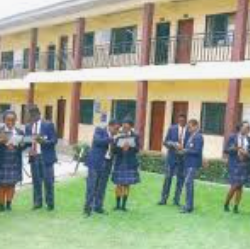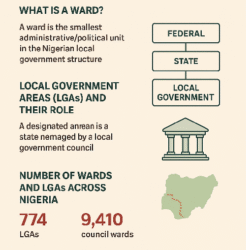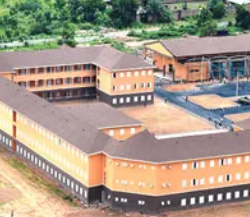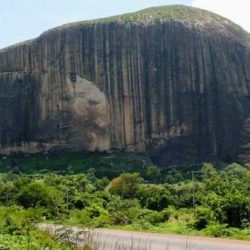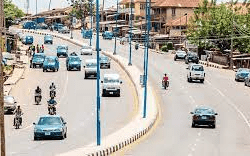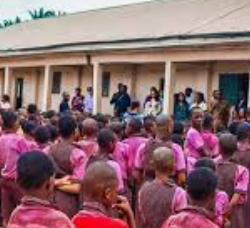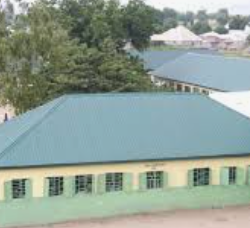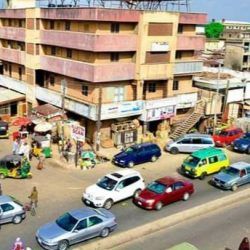Agricultural production plays a crucial role in the success and growth of Niger State of Nigeria and the nation’s economy.
CROPS COMMONLY CULTIVATED IN NIGER STATE
| CROP | LOCATION /LGA | APEX PERIOD OF CULTIVATION | USES | REMARKS |
| Rice(low land) | Lapai,Agaie, Badeggi, Gbako, bida, lavun, Mokwa, Shiroro, Borgu, Wushishi,Agwara | June-December | Human consumption, livestock feeds and industrial uses | The crop could be planted in all the L.G.As on large scale basis |
| Rice(up land) | All over the state | May-December | Human consumption,livestock feeds and industrial uses. | |
| Melon | Lavun,gbako, agaie,lapai, and mokwa as major areas of cultivation | April-December | Human consumption and vegetable oil | Grown twice a year |
| Sugar cane | Lavun, gbako, mokwa & mokwa as major areas of cultivation. | November-December | Human consumption and industrial uses | |
| Cassava | All over the state with mokwa, lapai,bida,gbako and wushishi as major producing areas | Aug-december | Human consumption, animal feeds and industrial uses | |
| Sorghum/guinea corn | All over the state with mashegu,mariga & magamaLGAs being major areas of production | May January | Human consumption and indusrial uses. | |
| Ground nut | All over the state with Rijau & Magama LGAs being major areas of production. | May-December | Vegetable oil,livestock feed human consumption | The crop can be cultivated twice a year |
| Millet | All over the state with Mashegu and Magama LGAs being major areas of production | April – December | Human Consumption | |
| Sheanut | All over the state | June- August | Oil for human consumption & industrial uses | |
| Yam | All over the state with Gurara, Suleja, Paikoro, Shiroro and Bosso LGAs being major areas of production. | March – December | Human consumption | |
| Soya bean | Suleja, mokwa and Lapai | July- October | Industrial uses for production of milk for human consumption and livestock feed. | |
| Cotton | Rafi, Mariga, Magama, Borgu, Rijua, Agwara and part of Lavun & Lapai LGAs | June – December | Textile, Vegetable and livestock feeds. | |
| Beans | All over the state | June – December | Human consumption |
Niger
Niger is a State located in central Nigeria and its capital city is Minna.
Other top cities in Niger State include Bida, Suleja and Kontagora.
The State has an expansive land area and it’s close to the nation’s capital, Abuja.

Creation: It was created out of the defunct North Western state on 3rd February, 1976.
Location: Situated in the North central geo-political zone.
Administrative areas: The State comprises 25 Local Government Areas grouped into 3 administrative zones: A, B, C with each zone having 8, 9 and 8 Local Government Areas (LGAs) respectively.
List of Local Government Areas
Niger State has 25 Local Government Areas, namely:
- Agaie
- Agwara
- Bida
- Borgu
- Bosso
- Chanchaga
- Edati
- Gbako
- Gurara
- Katcha
- Kontagora
- Lapai
- Lavun
- Magama
- Mariga
- Mashegu
- Mokwa
- Munya
- Paikoro
- Rafi
- Rijau
- Shiroro
- Suleja
- Tafa
- Wushishi
Local Government Areas and their headquarters
The Local Government Areas in Niger State and their headquarters are:
| SN | LGA | HEADQUARTERS |
| 01 | Agaie | Agaie |
| 02 | Agwara | Agwara |
| 03 | Bida | Bida |
| 04 | Borgu | New Bussa |
| 05 | Bosso | Maikunkele |
| 06 | Edati | Enagi |
| 07 | Gurara | Gawu Babangida |
| 08 | Gbako | Lemu |
| 09 | Katcha | Katcha |
| 10 | Kontagora | Kontagora |
| 11 | Lapai | Lapai |
| 12 | Lavun | Kutigi |
| 13 | Mariga | Bangi |
| 14 | Mokwa | Mokwa |
| 15 | Magama | Nasko |
| 16 | Mashegu | Mashegu |
| 17 | Munya | Sarkin Pawa |
| 18 | Paikoro | Paiko |
| 19 | Rafi | Kagara |
| 20 | Rijau | Rijau |
| 21 | Shiroro | Kuta |
| 22 | Suleja | Suleja |
| 23 | Tafa | Sabon-Wuse |
| 24 | Wushishi | Wushishi |
| 25 | Minna | Minna |
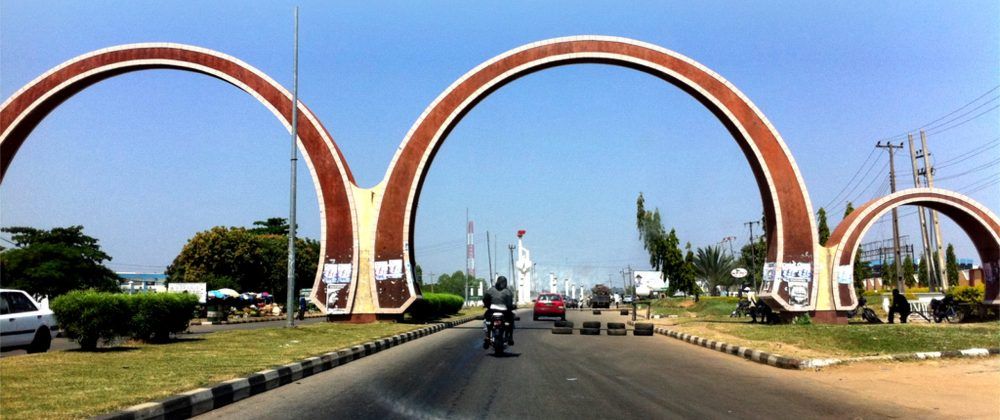
Boundaries: Niger State shares its borders with republic of Benin (West), Zamfara State (North), Kebbi (North-West), Kogi (South), Kwara (South West), Kaduna (North-East) and the FCT (South-East).
Land area, the largest among Nigerian states: Niger State is one of the largest states in Nigeria covering about 86,000km2 (or about 8.6million hectares) representing about 9.3% of the total land area of the country.
Major rivers: Niger State’s major rivers are: Niger, Kaduna, Gbako, Eko, Gurara, Ebba, Ega, Mariga and their tributaries.

Fishes: The common fishes found in these rivers are: Nile Perch (Lates) Trunck fish, Cat fish, Osteoglosid, Tilapia, Synodontis, Tiger fish, Moon fish, Mormyrid and Electric fish. By the 2006 census, the State’s population is 3,950,249 comprising 2,032,725 males and 1,917,524 females.

Ethnic groups: The easily identifiable major ethnic groups are Nupes, Hausa, Gbagyi, Kadara, Koro, Bassa, Kamuku, Ingwai, Fangu, Kambari, Dukkawa, Fulani, Abewa, Bisan, Gungawa, Bauchi, Bariba, Urah, Boko, Bokobaro, Bauchnu, Achifawa, Dakarkari, Kakanda, Ganagana, and Dibo and numerous non native tribes.
Economic activities: The major economic activity is agriculture: farming, fishing, and cattle rearing.
The other economic activities (though limited in scale) include banking, trading, transportation, local arts and crafts with Bida, the heart land of the Nupes, famous for its brass work. These activities constitute the means of livelihood of the people of Niger State in addition to public service.
Reference: nigerstate.gov.ng/about-niger
